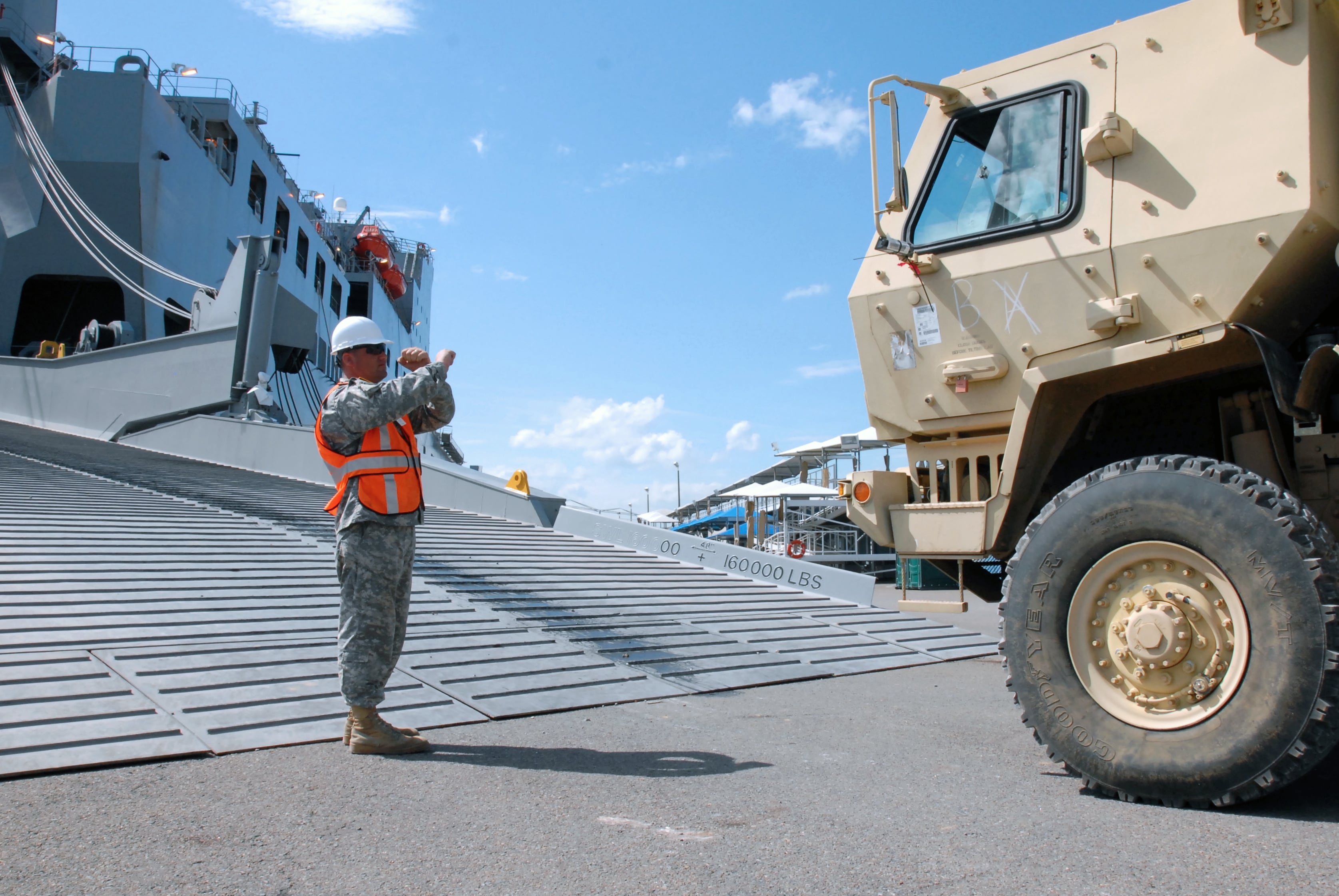WASHIGTON — Five former Maritime Administration officials have called on Congress to fund the construction of new sealift vessels instead of pushing the plan to buy and convert used ships on the open market.
In a letter to the chairs of the House and Senate Appropriations committees, officials from both Republican and Democrat administrations said replacing the nation’s organic surge sealift fleet, which has an average hull life of 44 years, is essential to maintaining the ability to send troops and materiel overseas on short notice.
The letter, signed by former MARAD Administrator Clyde Hart, as well as four other former MARAD attorneys and policy chiefs, called for Congress to build new ships to spur shipbuilding in the United States and to cut down on maintenance hassles that could spell delays in a crisis.
RELATED

“First, the new ships would be immediately operational,” the letter said, “and the Maritime Administration won’t have to spend precious time finding long-obsolete parts, therein delay surge capacity. Second, building ships in the United States creates jobs, spurs spending and strengthens the U.S. shipbuilding industry.”
The letter comes in the wake of findings from last year’s turbo activation that only about 40 percent of the sealift fleet would be ready to surge in a crisis, and that the force would be “challenged to be immediately ready for a large-scale inter-theater force deployment,” which is its entire raison d’etre.
The sealift fleet is composed of 26 Military Sealift Command pre-positioning ships, 46 ships in the Ready Reserve Force and 15 command-owned roll-on/roll-off surge force ships. Many of the roll-on/roll-off ships are steam-operated, and the obsolete equipment is causing significant personnel issues in the pool of qualified civilian mariners needed to operate them.
The White House’s Office of Management and Budget favors a “buy used” policy for the sealift fleet, which is rapidly aging out.
The Army in 2018 sent a warning to the House Armed Services Committee in an information paper regarding the nation’s surge sealift capacity — which would be responsible for transporting up to 90 percent of Army and Marine Corps equipment in the event of a major war. The Army said the capacity would fall below its requirement by 2024.
“Without proactive recapitalization of the Organic Surge Sealift Fleet, the Army will face unacceptable risk in force projection capability beginning in 2024,” the document said, adding that the advanced age of the current fleet adds further risk to the equation.
“By 2034, 70% of the organic fleet will be over 60 years old — well past its economic useful life; further degrading the Army’s ability to deploy forces,” the document read.
David B. Larter was the naval warfare reporter for Defense News.








